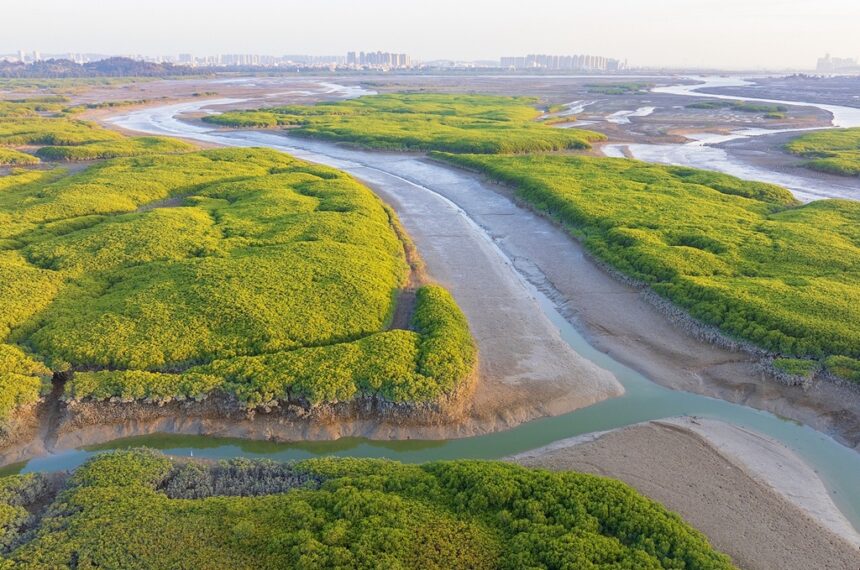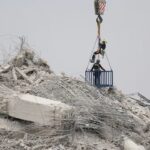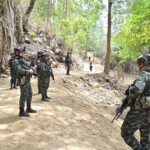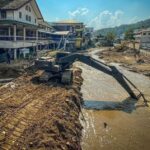China has introduced its first technical group standards for accurately restoring mangrove ecosystems, as announced by the South China Sea Institute of Oceanology under the Chinese Academy of Sciences.
These new standards, developed by the institute, are the first of their kind in China. They address the lack of consistent methods for restoring and assessing mangroves effectively.
The guidelines aim to strengthen efforts to protect and sustainably manage mangroves nationwide.
Mangroves in intertidal areas where land meets the sea are unique coastal ecosystems with significant environmental, social, and economic benefits. They support marine life, improve water quality, and capture carbon from the atmosphere.
However, global climate change and human activities, such as rising sea levels, temperature fluctuations, and pollution, have seriously threatened these ecosystems.
The Global Mangrove Alliance’s 2024 “State of the World’s Mangroves” report highlights the situation’s urgency. The global mangrove area has shrunk to approximately 14.7 million hectares, a drop of 2.3 million hectares since 2005. Alarmingly, half of the world’s mangroves are at risk of collapse.
Restoring degraded mangrove ecosystems is now a top priority for marine scientists worldwide, underscoring the importance of focused restoration and conservation efforts.
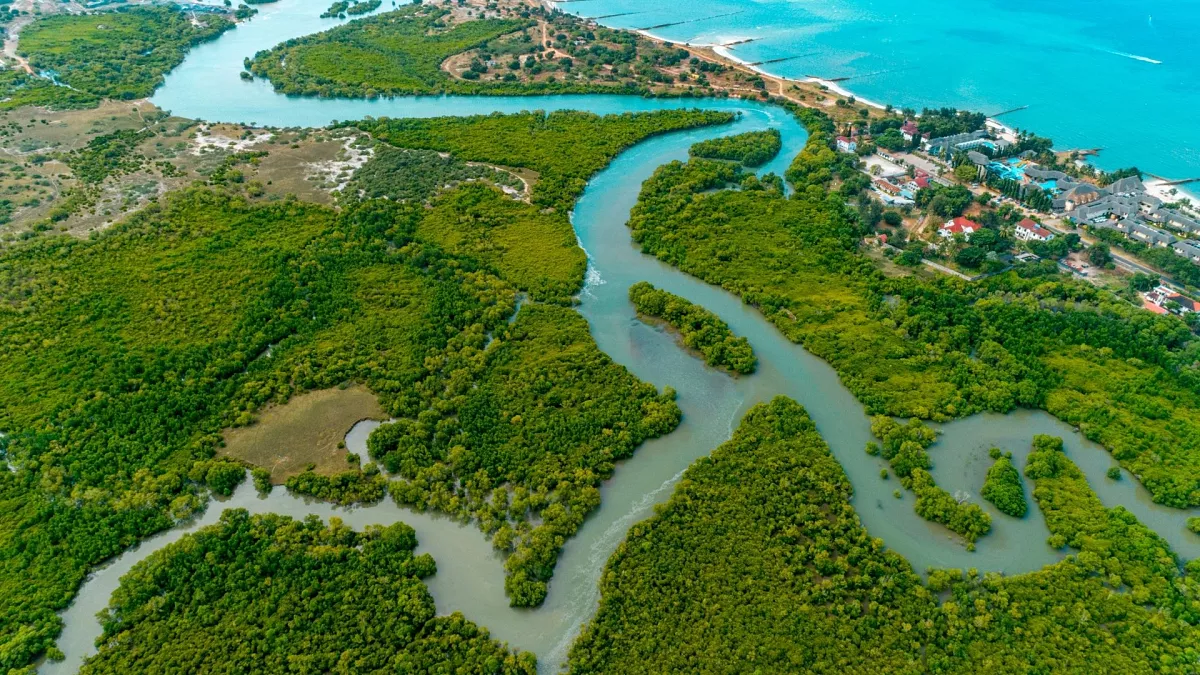
China is home to 27,100 hectares of mangrove ecosystems.
In 2020, the government launched the Mangrove Protection and Restoration Action Plan (2020-2025) to expand the country’s mangrove coverage to 36,000 hectares by 2025. This initiative also aligns with China’s national “dual carbon” goals.
At the time, there were no standardized guidelines for precise mangrove restoration in China or internationally. Such standards have been essential for unifying restoration methods, guiding their practical use, and supporting the sustainable development of mangrove ecosystems across China, South Asia, and Southeast Asia.
The newly introduced standards outline principles and processes for precise restoration in different habitats. They cover topics such as selecting and arranging suitable species, configuring microbial communities, and evaluating restoration effectiveness.
The standards, designed to be straightforward and easy to apply, comply with existing national laws and regulations. They provide a necessary framework to ensure restoration efforts are consistent, effective, and focused on improving the health and functionality of mangrove ecosystems.
These guidelines address gaps in current practices and support the development of advanced restoration and assessment techniques, helping to preserve mangroves for future generations.
Related News:
China&’s Top 3 Telecom Providers Adopt DeepSeek AI Tech

Geoff Thomas is an award winning journalist known for his sharp insights and no-nonsense reporting style. Over the years he has worked for Reuters and the Canadian Press covering everything from political scandals to human interest stories. He brings a clear and direct approach to his work.




